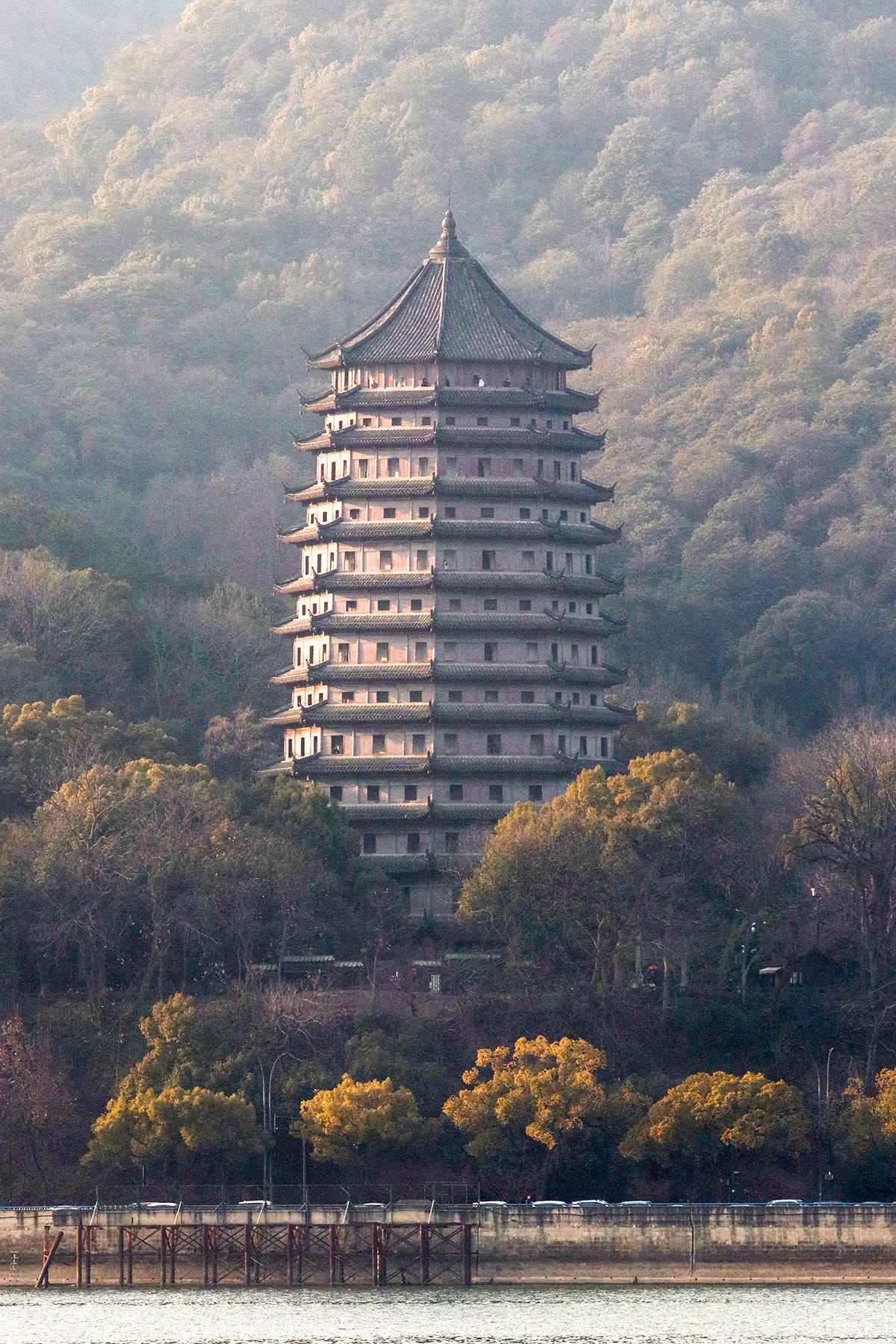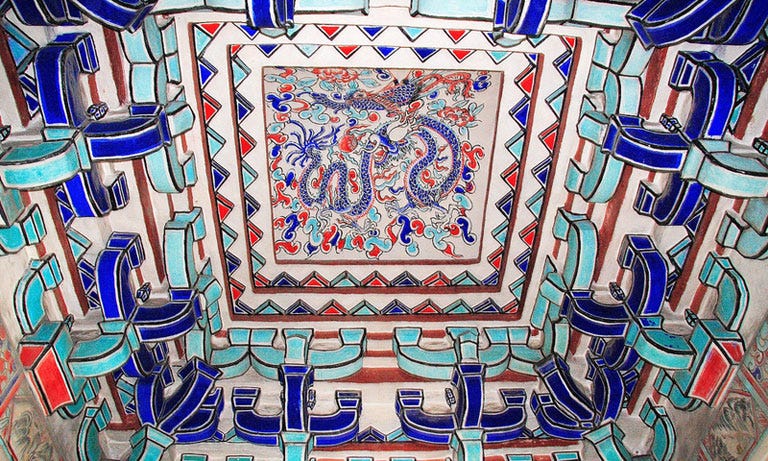#16: The Liuhe Pagoda (Architecture of Asia I)
For the next two weeks we’re going to be looking at special examples of architecture across Asia, as it’s a topic I know very little about and haven’t discussed to this point in the blog’s history so far, and as it’s an important part of every culture, I figure let’s jump in. This week we’re looking at the Liuhe pagoda of eastern China. First up - what is a pagoda?
THE BASICS OF PAGODAS
Pagodas are commonly found across Asia, from as far east as Japan and across the west to India. They serve as a repository for Buddhist relics as well as tombs, and they are usually built near a vihara: a Buddhist monastery. Some pagodas are Taoist instead of Buddhist, but they serve a similar function between the religions. Pagodas are always tiered towers which vary in design according to the culture building it: a pagoda in Korea will differ meaningfully to a pagoda in Laos, but they share a basic structure. The number of tiers in a pagoda is usually odd-numbered, and they are commonly used for viewing the surrounding countryside for religious, and in the modern-day, touristic reasons. It was thought that Chinese students wishing to enter the Emperor’s civil service would gain luck by travelling to their local pagoda and admiring it. This superstition was so strong that when a pagoda in Fuzhou collapsed in 1210, the locals believed it was due to their students’ poor showing at their exam. Pagodas when paired with a vihara are roughly equivalent to a Christian abbey, where monks gather together for pray & devotion according to their religious order.
THE LIUHE PAGODA
In the modern-day, the Liuhe Pagoda is a tourist spot in the city of Hangzhou with accompanying garden and a superior view of the Qiantang River. When the building was first constructed in 970, scholars believe it’s purpose was two-fold beyond the standard religious reasons: to calm the tidal bore of the river and to provide a navigational aide for ships travelling down it. It is octagonal in shape and rises to be 60 metres tall, making it a skyscraper for the 10th century. The name Liuhe refers to Buddhist ordinances, it translates to “Six Harmonies”. From the outside the pagoda has 13 identifiable tiers with a total of 104 bells being hung from these tiers, but within the structure there are only seven floors accessible via a spiral staircase. This staircase stretches to the top of the structure, but much of the upper half of the structure is hollow and inaccessible.
The interior of the pagoda is decorated with paintings & carvings of animals, birds, flowers, and people. In 1121 the pagoda was destroyed by warfare, with reconstruction being completed in 1165. The pagoda is considered by locals to be reminiscent of a general surveying the river, and the building is a popular place to view the river’s tide washing in & out. It is a particular target for tourists during mid-autumn, as the surrounding park is covered in orange & gold leaves at that time. It’s interesting to see how a religious structure can be used for a non-religious purpose by design: that of guiding ships in their journey into or out of port. We cannot peer into the past to see if the Buddhist monks were accepting of this dual purpose, but it’s not difficult to imagine them being rather put out at seeing their monastery be used for such a purpose.
Next week we’re going to resume looking at Asian architecture, but instead of a skyscraper from antiquity we’ll be returning to the modern day.




